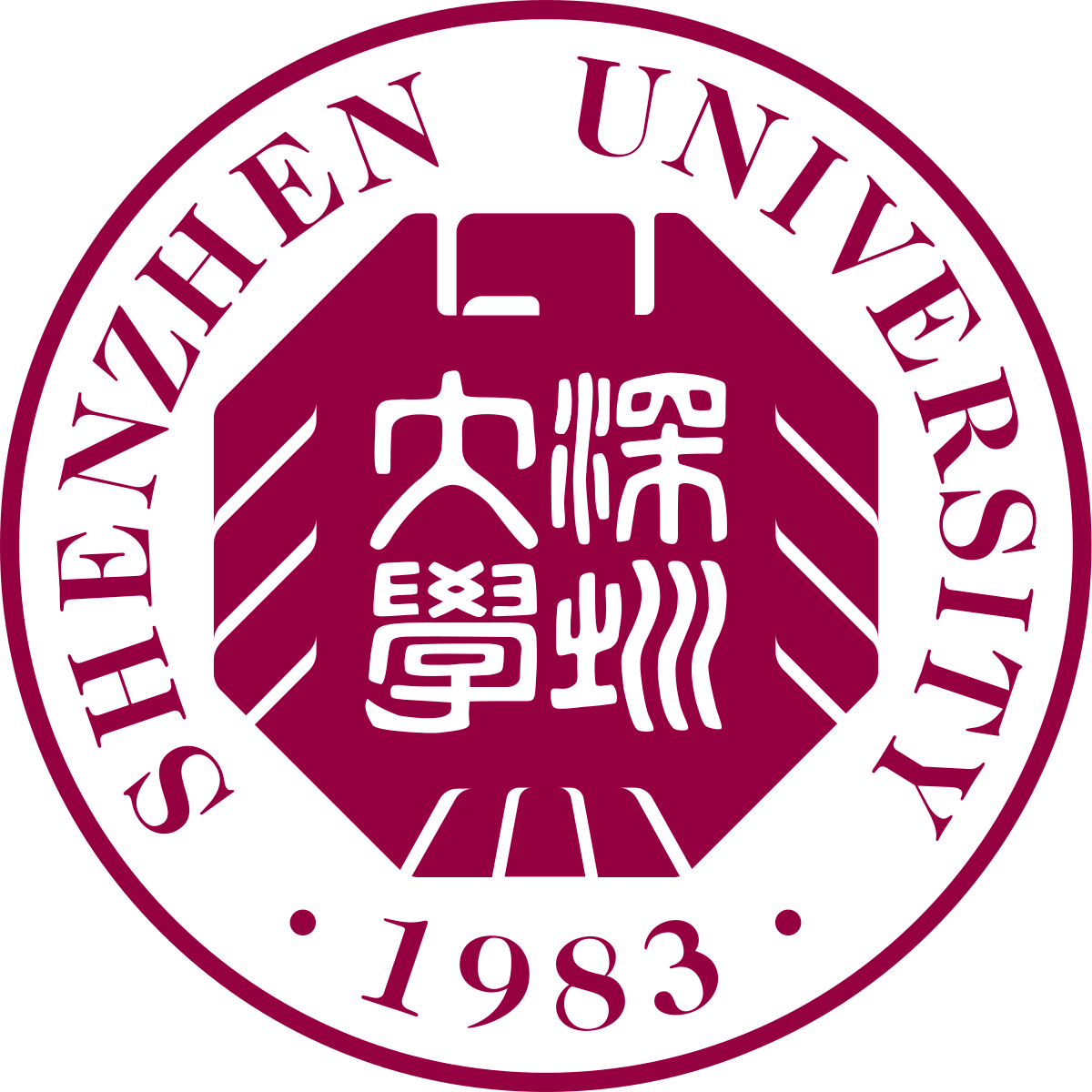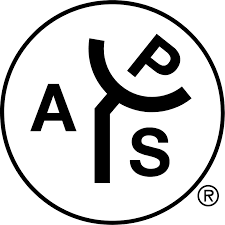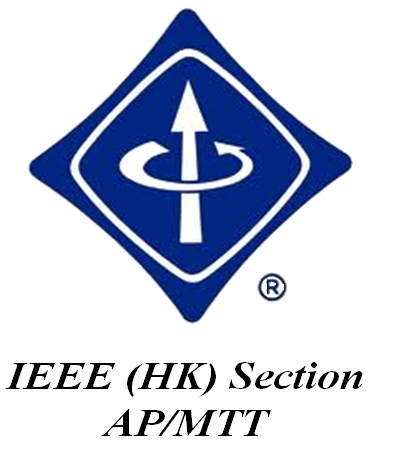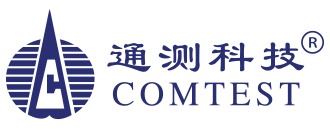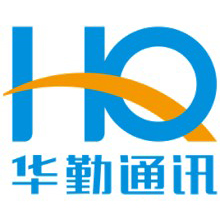Plenary Sessions
| Plenary Session 1 | |
|---|---|
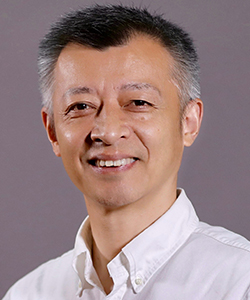
Yi-Jun FENG Nanjing University |
Multi-functional Metasurfaces and Antenna Applications |
| Abstract | |
| Metasurfaces, the two-dimensional version of metamaterials, have attracted unprecedented research interests due to their powerful ability of manipulating electromagnetic (EM) wavefronts and realizing many exotic physics phenomena and novel devices. Composed of arrays of artificially engineered inclusions arranged in a surface that can locally manipulate EM waves over a subwavelength thickness metasurfaces show their great advantages of flexible phase-front control upon the traditional methods, e.g., dielectric lenses, through phase accumulations. Moreover, by elaborately designing passive or active metasurfaces, multiple EM functionalities can also be enabled through various flexible multiplexing techniques, such as polarization, spins, frequency, or even direction multiplexing, which naturally hold the advantages of low cost, low loss, and easy integration. In this presentation, I will report our recent studies on designing multi-functional metasurfaces that could control the EM waves to realize different behaviors in multi-channels. I will also show the design of programmable metasurfaces that could dynamically and independently tune the far-field scattering behaviors for two orthogonal polarizations with totally distinct functionalities. Particularly, I will showcase how these multi-functional metasurfaces or programmble metasurfaces could be applied to microwave antenna design to improve its performances such as miniaturization, easy integration, multi-beam, and dynamical beam scanning, etc.. The proposed multi-functional metasurfaces concepts may largely enhance the information capacity of the metasurface, bringing new degrees of freedom in achieving versatile functionalities and offering untapped potentials for microwave antenna technology. | |
| Biography | |
| Yijun Feng received the Ph.D. degree from the Department of Electronic Science and Engineering, Nanjing University, in 1992. Since then he has been a faculty member and is currently a Full Professor and the Deputy Dean of the School of Electronic Science and Engineering, Nanjing University. From September 1995 to July 1996, he was a Visiting Scientist with the Physics Department, Technical University of Denmark. From August 2001 to August 2002, he was a Visiting Researcher with the University of California at Berkeley. He received the Excellent Young Teacher Program Award of Minister of Education, China, in 1999, and the Excellent Young Teacher Award of the ‘Qing Lan’ Project of Jiangsu Province, China, in 2003. Prof. Feng’s research interests include the electromagnetic metamaterial and applications to microwave and photonic devices, electromagnetic wave theory, and novel microwave functional materials. He has conducted more than twenty scientific research projects including the National 973 and 863 Projects, the National Natural Science Foundation Projects, and the National Key Research and Development Program in China. He has received the 2010 Science and Technology Award (First Grade) of Jiangsu Province, China, and the 1995 Scientific and Technological Progress Award by Minister of Education, China. He has authored or co-authored over 180 peer-reviewed journal papers published in Science, Adv. Mater., Phys. Rev. Applied, Phys. Rev. B, Phys. Rev. E, Appl. Phys. Lett., Opt. Express, IEEE T-AP, IEEE AWPL, etc., and over 150 referred international conference papers. | |
| Plenary Session 2 | |
|---|---|
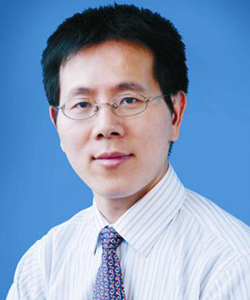
Jun HU University of Electronic Science and Technology of China |
Domain Decomposition Methods and Multi-Region Multi-Solvers For Electromagnetic Scattering |
| Abstract | |
| With rapid development of the computer hardware, the modeling of scattering objects is no longer limited to electrically small objects. More and more questions about how to calculate the scattering of electrically large and multi-scale objects have been raised. Solving the scattering of electrically large and multi-scale objects has become a hot topic. Nonconformal domain decomposition method (DDM) is a powerful method for electromagnetic calculation of electrically large and multi-scale objects. In this report, we will introduce multi-solvers under the framework of DDM, e.g., from the multilevel fast multipole algorithm (MLFMA) for calculating complex metal structures to the integral equation-discontinuous Galerkin (IE-DG) method for electrically large-scale metal structures. The application of DDM in integral equation (IE) greatly increases the modeling flexibility of metal structures. Furthermore, the two-fold DDM formed by IE-DDM-DG combined with the finite element domain decomposition method (FEM-DDM) has great advantages when simulating complex materials and multi-scale objects. For structures where the mesh needs to be reused, the overlapping FEM-DDM-BEM has obvious advantages. | |
| Biography | |
|
Jun Hu received the B.S., M.S., and Ph.D. degrees in electromagnetic field and microwave techniques from University of Electronic Science and Technology of China (UESTC), Chengdu, China, in 1995, 1998, and 2000, respectively. In 2001, he was a Research Assistant with the Center of Wireless Communication at City University of Hong Kong, Hong Kong. From March to August in 2010, he was a Visiting Scholar with the Electro Science Laboratory of the Department of Electrical and Computer Engineering at Ohio State University, USA. From February to March in 2011, he was a Visiting Professor with the City University of Hong Kong. He is currently a Full Professor with the School of Electronic Science and Engineering at UESTC, and has been the Vice President of the UESTC since September 2017. His current research interests include integral equation methods in computational electromagnetics, electromagnetic scattering and radiation.
Dr. Hu is an IEEE Senior Member. He served as the Chairman of the Student Activities Committee of the IEEE Chengdu Section during 2010–2016 and the Chairman of the IEEE Chengdu AP/EMC Joint Chapter during 2014–2016. Dr. Hu has authored or co-authored over 300 technical papers. He received the Best Young Scholar Paper Prize from the Chinese Radio Propagation Society in 2004 and many Best Student Paper Awards. He was awarded the National Science Fund for Distinguished Young Scholars by the National Natural Science Foundation of China in 2014, and was awarded the Chang Jiang Scholars by the Ministry of Education, China, in 2016. He was the co-recipient of the 2018 IEEE AP-S Sergei A. Schelkunoff Transaction Paper Award. |
|
| Plenary Session 3 | |
|---|---|
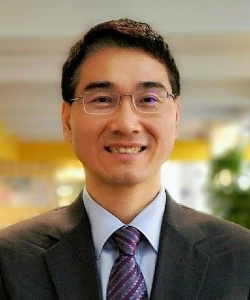
Yong-Xin GUO National University of Singapore |
RF and Antennas in Medicine: WPT, on-/in-body antennas and smart non-contact wireless sensing of human activities |
| Abstract | |
| RF and Antennas in medicine have received a lot of attention recently. Numerous applications in medical diagnostics and therapeutics ranging from cardiac pacemakers to emerging devices in visual prosthesis, brain computer interfaces and body area networks have spurred electronic engineers to propose new wireless medical devices. In the meantime, the aging population poses many challenges to healthcare systems, especially on chronic illness monitoring and management. Non-contact life activity detection methods can improve the user experience and realize long-term monitoring, and the pandemic of COVID-19 also raises the demand for non-contact wireless solutions. In this talk, I would mainly cover our recent research progress on wearable/implantable antennas, wireless power, smart non-contact wireless sensing of life activities for biomedical applications. | |
| Biography | |
|
Dr. Yongxin Guo is currently a Full Professor at the Department of Electrical and Computer Engineering, National University of Singapore (NUS). Concurrently, He is the Director of the Center for Peak of Excellence on Smart Medical Technology at NUS Suzhou Research Institute (NUSRI-Suzhou) and the Co-Director of the Center for Information Engineering and Artificial Intelligence, National University of Singapore Chongqing Research Institute (NUSRI-CQ). He has authored or co-authored over 490 international journal and conference papers and 4 book chapters. He holds over 40 granted/filed patents in USA, China and Singapore. His current research interests include RF sensing, antennas and electromagnetics in medicine, wireless power for biomedical applications and internet of things, wideband and small antennas for wireless communications, and RF/microwave circuits and MMIC modelling/design. He has graduated 17 PhD students at NUS.
Dr. Guo is an IEEE Fellow. He was the recipient of the 2020 IEEE Microwave and Wireless Components Letters Tatsuo Itoh Prize of the IEEE Microwave Theory and Techniques Society (MTT-S). He is serving as the Editor-in-Chief of IEEE Journal of Electromagnetics, RF and Microwave in Medicine and Biology (2020–2023). He served in the IEEE Fellow Evaluation Committee for IEEE Engineering in Medicine and Biology Society (2019–2020). He was the Chair of the IEEE AP-S Technical Committee on Antenna Measurement in 2018–2020. He served as the Associate Editor of IEEE Antennas and Propagation Magazine (2018–2020), IEEE Journal of Electromagnetics, RF and Microwave in Medicine and Biology (2017–2020), Electronics Letters (2015–2019), IEEE Antennas and Wireless Propagation Letters (2013–2018), and IET Microwaves, Antennas & Propagation (2014–2017). He has served as the General Chair/Co-Chair for a number of international conferences including IEEE MTT-S IMBioC 2022, MTT-S IMWS-AMP 2020, APMC 2019, AWPT 2017, ACES-China 2017, IEEE MTT-S IMWS-AMP 2015, and IEEE MTT-S IMWS-Bio 2013. He has served as the Technical Program Committee (TPC) Co-Chair for IEEE MTT-S IMBioC 2020, IMWS-AMP 2017/2019, and RFIT2009. |
|
| Plenary Session 4 | |
|---|---|
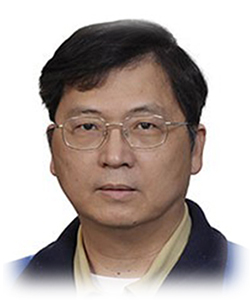
Hsi-Tseng CHOU National Taiwan University |
Sharing Various Aspects of Antenna Technologies and their Development Trends at mmW Frequencies for Smart Operation |
| Abstract | |
| Millimeter-wave (mmW) frequencies will become the major frequency bands for the next generations of mobile communications. Its short wavelengths and high propagation loss behaviors make the antenna implementation very challenging. In these cases, antenna arrays will compensate for these losses and perform the beam steering, where antenna-in-package (AiP) and antenna-in-module (AiM) expect to receive much attention. These AiP and AiM will accommodate many features to integrate the RF devices and antenna architectures. A variety of considerations should be taken into account in practical design. With the increase in frequencies, various antenna technologies should be developed to make the AiPs and AiMs effective in their functionality. In this presentation, the author will share some considerations in the antenna realizations for various fabrication processes. The development trend of integrating the module with the RF devices will be discussed based on the author’s past experiences. The goal of this presentation is to share the experiences and gain various opinions on every aspect of antenna realization. | |
| Biography | |
|
Hsi-Tseng Chou received the B.S. degree in electrical engineering from National Taiwan University in 1988, the M.S. and the Ph.D. degrees in electrical engineering from the Ohio State University (OSU) in 1993 and 1996, respectively. He is currently appointed as a Distinguished Professor with the Graduate Institute of Communication Engineering and Department of Electrical Engineering, National Taiwan University, Taiwan.
Dr. Chou joined the ElectroScience Laboratory (ESL) in OSU as a graduate research associate in 1991─1996 and as a post-doctoral researcher in 1996─1998. He has been technical consultants to 11 industrial companies. In the career, he has a history of technical research collaborations with more than 50 industrial companies and research institutes in terms of project funding. He has helped to cultivate two Taiwanese companies to build the antenna capability in DTV ODU and mobile communication BTS applications from their startup stages for the new business, and these two companies have become world-class known in the area of communications. He has also funded a startup company in the antenna system performing production line testing and calibration. His research interests include wireless communication network, electrically large antenna design, antenna-in-package, antenna measurement, electromagnetic scattering, and asymptotic high frequency techniques such as uniform geometrical theory of diffraction (UTD), novel Gaussian beam techniques, and UTD type solution for periodic structures. Dr. Chou has received numerous awards to recognize his distinguished contributions in the technological developments. Some important ones include Distinguished Contribution Award in promoting inter-academic and industrial cooperation from the Ministry of Education, Distinguished Engineering Professor Award from the Chinese Institute of Engineers, Distinguished Electrical Engineering Professor Award from the Chinese Institute of Electrical Engineering, and University’s Industrial Economics Contribution Award (2008), National Industrial Innovation Awards—Key Technology Elite Award (2011), and Industrial-Academia Collaboration Award (2017), all from the Ministry of Economics. His work in active antenna calibration was awarded with Future Technology Award in 2020 by the Ministry of Science and Technology (MOST), Taiwan. The industrial-academia consortium run by his team was selected among the best consortium by MOST in 2020. He was elected in 2004 as one of the Nation’s Ten Outstanding Young Persons by Junior Chamber International, in 2005 a National Young Person Medal from China Youth Corps of Taiwan, and as one of the Top 10 Rising Stars in Taiwan by Central News Agency of Taiwan. He has served as the Chair of the IEEE AP-S Taipei chapter and received the Best Chapter Award in 2012, and is currently the Chair of the EMC-S Taipei chapter. He received Outstanding Branch Counselor Awards from IEEE including IEEE headquarter, R-10, and Taipei section, respectively. He received the IEEE Technical Field Undergraduate Teaching Award in 2014. He has published more than 545 journal and conference papers, and holds 45 patents. He is an IEEE Fellow and IET Fellow, and an elected member of the URSI International Radio Science US commission B. |
|

